MUTEK.ES is about both the new and the “old,” about combining established musicians and new voices.
For the sixth year in a row, MUTEK.ES—the sister festival to the flagship Montreal event—brought four days and long nights of electronic music and digital creativity to a number of Barcelona’s best venues, from the underground chambers of City Hall to the reconstructed convent of Sant Agusti in el Born. The festival has consistently aimed to both consolidate and expand on its audience and successes—offering a compact line-up of established producers and musicians alongside emerging talents, both local and global. The emphasis was on European—particularly Spanish, French and Italian—music and production, but there were also flavors of the US and Mexico. So much of this was free, or the tickets never more than 20 Euros, that it was impossible to say no to the full range that was on offer over those surprisingly not-warm days of early spring in the glorious city of Barcelona.
What was so good about MUTEK, over those days, was that the festival retained its core identity while distributing itself across a number of host venues, each one appropriate to the musicians and events on hand. Really this was an excuse, in a way, for ticket holders to learn the city, from the wide, public square—traffic heavy, even at 3am—of Plaça de Catalunya, to the cafes and alleyways of el Born, down to the sweeping road of Paral-lel. In total, the festival made use of eight venues, both day and night.
What follows is a day by day reconstruction of what happened. It’s partial, but hopefully will give a sense of what happened, and why—taken as a whole—MUTEK.ES made such an impression on me over those days.
Day 1 ::
Proceedings kicked off with a presentation and demonstration of the music creation software, Oscilab, by Sebastian Seifert (Microfeel). It’s important to remember that as much as MUTEK is about music, it’s also about the technology behind that music, about its hidden architectures. You’re asked not only to let those sounds get to you, but to walk around these cars and kick the tires, nod appreciatively. The day’s music kicked off with Equipo and Loppiko vs Gnomalab. Equipo has gathered a reputation for low key, beat focused works, a precision operator of pads and slight, ringing notes as well as of shining ambient pieces, allowing for an interaction of house, techno, minimal and dub. This was followed up by the unique interactions of Loppiko (made up of aka Pina and Moduleight), in collaboration with visual artist Gnomalab. This space of Sant Agusti—its bare walls of exposed brick and ornate ceiling—work beautifully with electronic work, a big screen for projection that fills an entire wall. This was by far my favorite venue of the event, mostly because it gave off the impression of its audience paying an almost reverent observance to the sound and visuals. The night’s music proper was concluded with a long evening and morning at Moog Club, featuring Move D, Birdsmakingmachine, and Damien Romero.
Day 2 ::
The second day kicked off with the first of two workshops by Scott Monteith aka Deadbeat, this time focusing on noise, drones and ambient texture production. This again cemented happily the interaction between production and performance that sits at the heart of the event. In the early evening we gathered in L’Auditori for artist in residence Estefania AA, whose career has made use of various forms of artistic expression, landscapes and cartografias sonoras, cartographies of sound. Estefania has been based in the city for the best part of the decade, in this so-called “guilty city” (la ciudad culpable), as she has remarked. These installations make the best use of ephemeral, sonorous musicality, samples, and forms of expression. Day 2 continued apace that evening with a brilliant performance by French/Japanese duo, Nanotak through which both artists utilized specially built projection stage space for the performance, of these shining, incomparable used of glitchy, ambient, buzzing techno and ambient. The evening was complete at City Hall/Club 4 for buzzing, beating performances by Eduardo de la Calle, the Zenker Brothers, Franco Cinelli, and Dokser, played to an appreciative and moving crowd in that dark, glittering underworld.
Day 3 ::
The third day was again a mix of free production events and performance. Scott Monteith completed his workshop on noise and drones. After this, I attended a panel sponsored by Movistar Livesoundtracks, on “Music and Cinema.” A really interesting conversation, followed up—in the same venue, across the open flagstones of the square—by Federico Monti and Twin Drive, who played in near-darkness to a packed room. It was a real delight to stand in that attentive, responsive audience and watch as Monti’s visual effects—a burr of radio lines, organic, pulsing—played the room into green. After that, Twin Drive played to an even more cramped space, the heat almost electric, and opened with some of that very interesting vocal experimentation and modulation for which they’re known. I think a slight doubt crept in here, if only because there were a couple of technical faults, or what seemed like them. Twin Drive’s display did not fill up the projection space, only its lower middle section. This meant that those in the back did struggle to take in this very important part of the performance, coupled with some stress on the monitors when the gain pushed higher. But, slight technical issues only. The performances themselves were excellent.
That night the proceedings took place in two locations—first, at Teatre Barts, with Murcof + Simon Geilfus (Antivj), and Herman Kolgen. Afterwards, Nitsa Club played host to a real mix of performers—DJ Fraa, Max Graef & Kickflip Mike, Magic Mountain High, Olde Gods, and others. These were seriously packed and seriously good line-ups, featuring live debuts in the city (Max Graef), as well as the Spanish premier the trio of Move D, JuJu & Jordash, as Magic Mountain High. Keeping in touch with MUTEK Montreal, Talaboman (being John Talbot and Axel Boman), who appeared two years ago in Canada, centered the performances. Really it was a quite dense and beating mix of house, jazz, techno and minimalist works, featuring a whole range of collaboration and unique paths.
Day 4 ::
Saturday rounded off version VI of MUTEK.ES. Events began at Fabrica Estrella Damm with a re-appearance of Herman Kolgen, Olivier Ratsi (Antivj), and Microfeel, among others. This really cemented the emphasis on interlinking production and performance, highlighting the talents and the technology behind them. Later in the evening Teatre Barts played host to Maotik & Metametric and Robert Henke with his Lumiére II, a work for lasers and light based on his own self written software, which has been described as “a unique real time exploration of synchronicity and divergence, of light and darkness.” This really was the big, underlying theme of MUTEK.ES, of performance as both an aural, sonic event and as a visual experience, as something both seen and heard. It seems to say that the organizers were most concerned with asking, “what do you see and what do you hear?” as if the questions were in fact synonymous.
Across the board, MUTEK.ES offered up some really amazing, memorable visual displays accompanied by some major stars and new talents, all while working from the big palette of experimental music as both a digital modernism and as a neo-classical experiment. It was pretty amazing, then, that Maotik and Metametric, in their granual, electroacoustic work, draw interestingly from Morton Feldman and his Durations 1 – 5. The similarities were held in the almost 12-tone composition style of the Durations, fed through modulators, gaters and sequencers. The night was capped by the fourth Nocturne event, hosting DJ Veronica Vasicka, among others such as Jesper Dahlback’s The Persuader. The final night went interesting places with projections, guitars, synths, from techno pieces to the psychedelic.
Final word ::
I already mentioned the price—that MUTEK.ES is seriously reasonable, with a large number of free events in accessible venues. I was able to pick up a pamphlet for the event, a programme, at Sant Agusti, with the MUTEK banners unmistakable. Obviously, if you’re from the US or even the UK it’s not easy to get to, but that’s not to say it’s not worth the attempt. Really it’s the first festival of the Spring, a perfect way to launch into the year ahead. Remember, MUTEK.ES is about both the new and the “old,” about combining established musicians and new voices. This really is its strength—inspiring, if you make or produce music, but also a fantastic way to put your ear to the digital track of what’s coming for the year ahead. I was shocked that I hadn’t previously encountered Nanotak. I was wrapped up by the visuality and sound of the brilliant Federico Monti. That was a MUTEK thing—I’d gone for Twin Drive, but found myself walking away with a completely new perspective, at a musician I’d only encountered the first time that night. What underpinned all of this was an emphasis on “digital creativity”—on performance both as a sonic and visual event, and of the technology which underpins this. It was a delight to have four days of such diversity of styles and approaches compressed into what felt like four very short days. So, that’s all that can be asked—go to Spain. Make the most of that early Spring sun. Make the most of this city that doesn’t really bother to sleep.






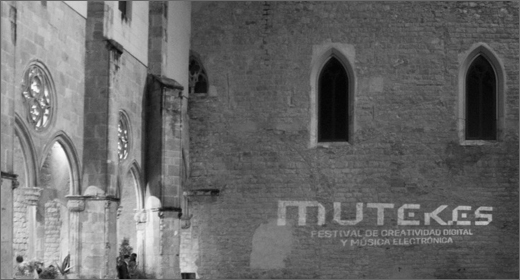
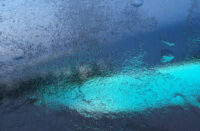
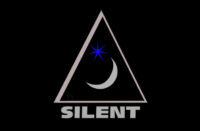

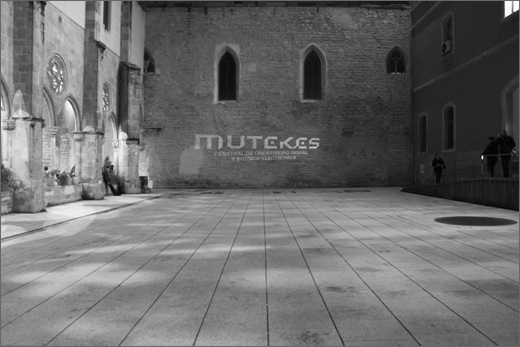

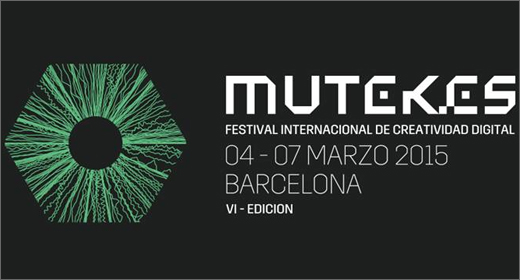
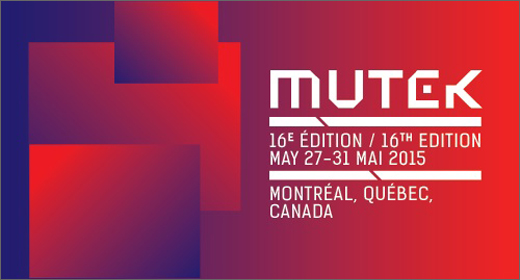
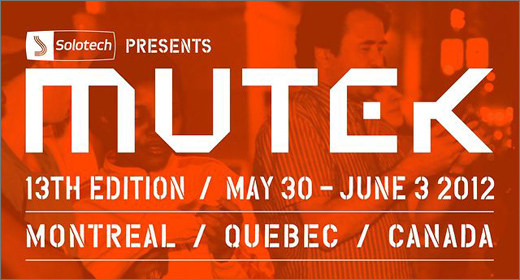
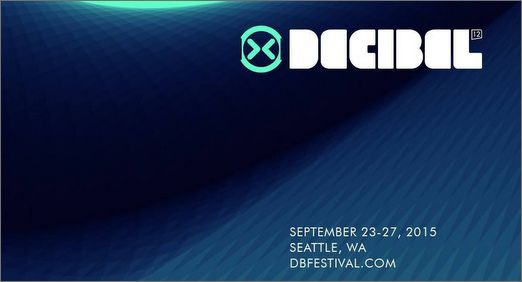



![Extrawelt :: AE-13 (Adepta Editions) — [concise]](https://igloomag.com/wp/wp-content/uploads/2025/04/extrawelt-ae-13_v_feat-75x75.jpg)
![Beyond the Black Hole :: Protonic Flux EP (Nebleena) — [concise]](https://igloomag.com/wp/wp-content/uploads/2025/04/beyond-the-black-hole-protonic-flux_feat-75x75.jpg)
![H. Ruine, Mikhail Kireev :: Imagined / Awakenings (Mestnost) — [concise]](https://igloomag.com/wp/wp-content/uploads/2025/04/h-ruine-mikhail-kireev-imagined-awakenings_feat2-75x75.jpg)


![Squaric :: 808 [Remixes] (Diffuse Reality) — [concise]](https://igloomag.com/wp/wp-content/uploads/2025/04/squaric-808-remixes_feat-75x75.jpg)



